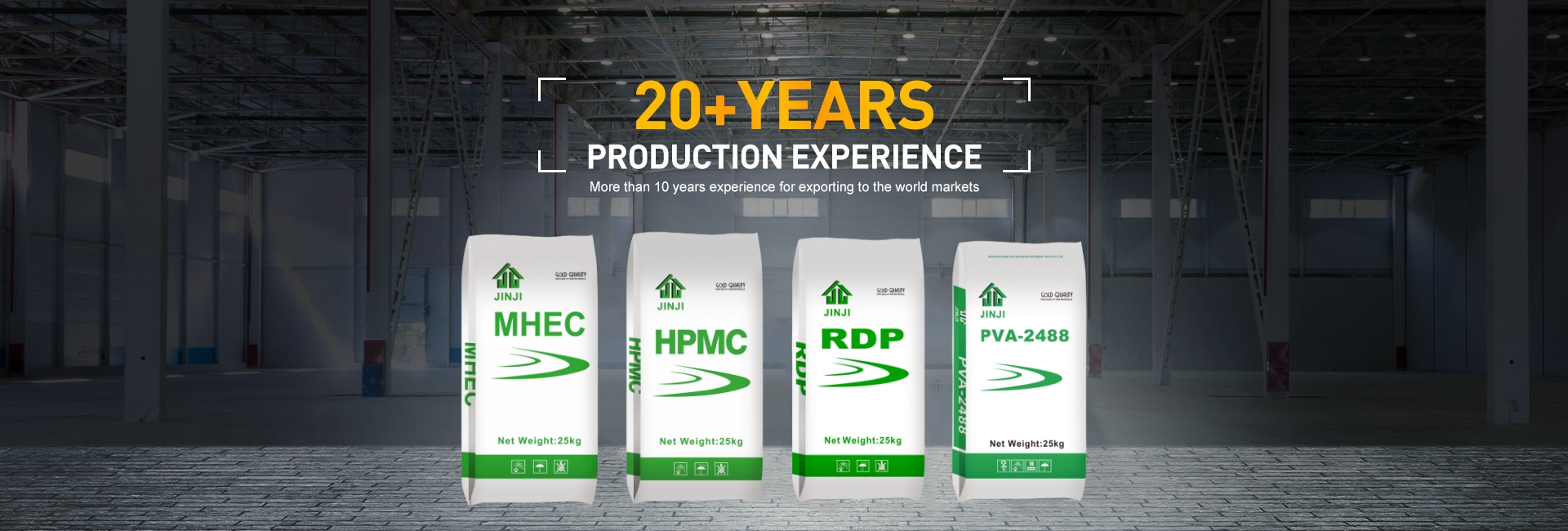Cellulose ether, specifically hydroxypropyl methylcellulose (HPMC), is a crucial additive used in various industries for its high thickening efficiency, high water retention, and ability to increase viscosity. In this article, we will delve into a comprehensive analysis of the thickening and thixotropy properties of cellulose ether, particularly focusing on HPMC.
Thickening is a fundamental property of cellulose ether, which refers to the ability of a substance to increase the viscosity of a solution or dispersion. HPMC exhibits high thickening efficiency, meaning it can significantly increase the viscosity even at relatively low concentrations. This property is highly desirable in many applications, such as adhesives, coatings, and personal care products, where a higher viscosity is required for better performance.
One of the key advantages of HPMC is its high water retention capacity. Water retention refers to the ability of a substance to retain water within a system, even under high temperatures or in the presence of other solvents. HPMC forms a gel-like structure when hydrated, which helps to retain water molecules and prevent excessive evaporation. This property is particularly important in industries like construction and dry-mix mortar, where maintaining moisture content is crucial for proper hydration and curing of materials.
The increased viscosity provided by cellulose ether, such as HPMC, offers several benefits in various applications. In the construction industry, HPMC is used in cement-based formulations to improve workability and prevent segregation. The high viscosity of the HPMC solution allows for better control during the application, ensuring a uniform spread and avoiding any settling of particles. Similarly, in the paint industry, HPMC is added to coatings to enhance their viscosity, resulting in better coverage and reduced dripping.
Moreover, the thixotropic nature of cellulose ether is an important aspect to consider. Thixotropy refers to the property of a material to exhibit a reversible change in viscosity upon the application of shear stress. In simpler terms, when a shear force is applied, the material becomes less viscous, allowing for easy application, and upon standing, it returns to its original high viscosity state. This property is highly beneficial in applications like caulks, sealants, and pharmaceutical ointments, where easy dispensing and spreading are required. HPMC's thixotropic behavior ensures easy application and good wetting of surfaces, while maintaining the necessary viscosity for adhesion and sealing properties.
To delve deeper into the thickening and thixotropy properties of cellulose ether, extensive research and analysis are conducted. Various techniques, including rheological measurements, are employed to evaluate the viscosity, shear stress, and thixotropic behavior of cellulose ether solutions. These studies help in understanding the relationship between concentration, temperature, and shear rate on the thickening and thixotropy properties of cellulose ether.
In conclusion, cellulose ether, specifically HPMC, exhibits high thickening efficiency, high water retention, and increased viscosity in various applications. Its ability to provide thixotropic behavior makes it a valuable additive for products where easy application and high viscosity are required simultaneously. To gain a comprehensive understanding of the thickening and thixotropy properties of cellulose ether, extensive analysis and research are conducted, which further enhance its industrial applications.

Post time: Nov-24-2023

